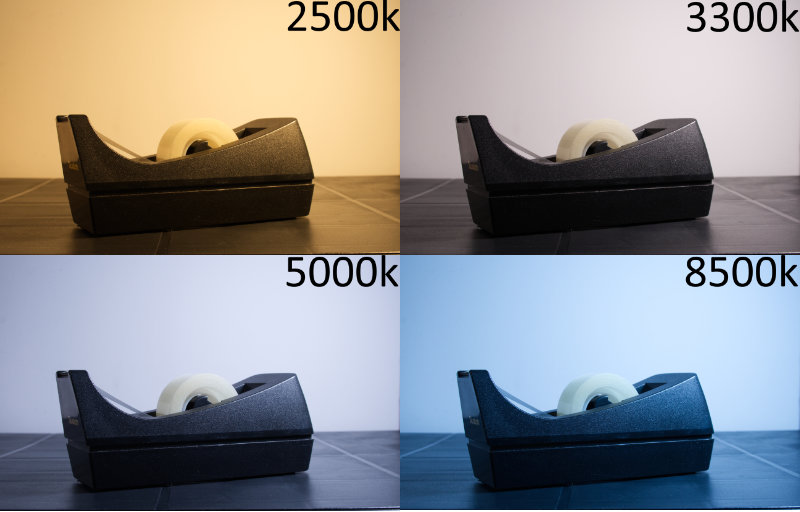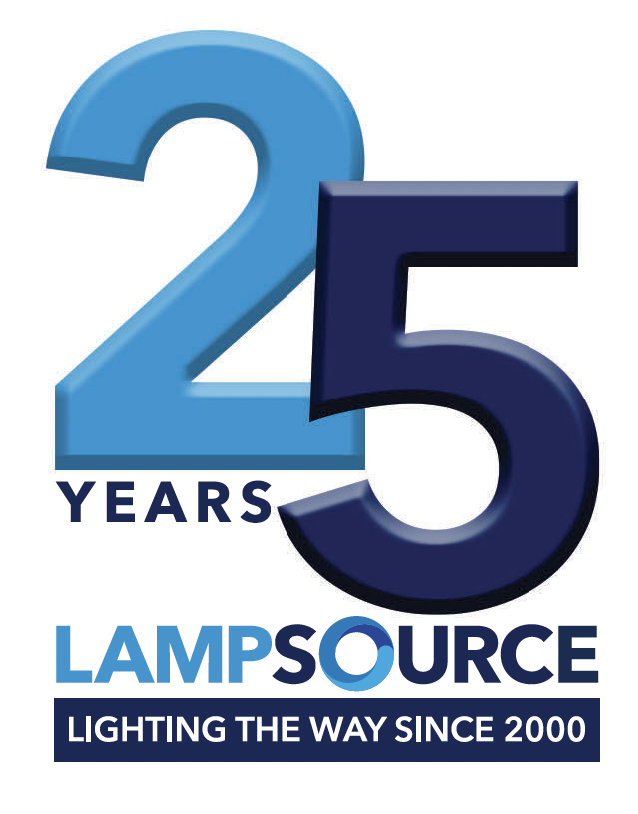By Michael Morrison on Mon 21 March 2022
Kelvins are one of those units that you see all the time when talking about lamps and their characteristics, but what do you truly know about them?
Kelvins, what do they mean?
Well isn’t that an interesting question? Imagine giving colours a number, but then it’s not really colouring is it, it’s actually temperature, but then it’s not the temperature in terms of hot and cold and degrees celcius/fahrenheit, but then we talk about warm white and cool white. So much to unpack and think about. Let us break this down for you and hopefully the next time a customer or client asks you which one they need then you will be well suited to answer them.
So Kelvins (K) are a measurement of the temperature of a colour, usually on a scale of 1,000 to 10,000. So how does a temperature relate to a colour to relate to a number? To put it simply, imagine heating a big piece of metal, at lower temperatures it will glow orange, then as you heat it up it will start to glow yellow and the more you heat the piece the brighter it will become and eventually turning, “white hot”, that being said it can go hotter again and become blue, like with welding when you get blue flashes. So taking this thought we then develop it on and give the range of temperatures that this piece of metal goes through a numerical listing, so say 2200k, 4500k, 6000k and so.
The lower numbers is when the item is just getting heated and is more red/orange and moving through to yellow, the colour of the glow this gives off is similar to that of a 2000k lamp. The higher numbers such as 6500k would be when the item is getting really hot and gives off a white glow. Lower is orange, higher is white, seems fair enough? Ok so let’s confuse things a little more, but at the same time hopefully clear it up.
Warm White and Cool White, you might find yourself asking “but Michael, isn’t warm white in the 2000-3000k range and cool white in the 3000-5000k range?”. Yes, you are correct, but when we are talking about warm and cool in terms of this is it has more to do with the feel and ambience given off. Warm white lamps are more welcoming, ‘personal’ and so are often found in hospitality, domestic and spaces that want that sort of atmosphere. Cool white lamps are often sharper and crisper and even more clinical and used in areas such as classrooms or industrial kitchens, where attention to detail and seeing everything clearly is the priority.
So now you’re wondering, “what if I just want something that really puts emphasis on my work or products?”. Well have no fear, the joys of Kelvins is that they are a range and most lamps these days, especially thanks to LED technology, come in a range of temperatures, with there being a ‘Daylight’ option for those that want to replicate something more natural, around the 600k. More so there are more and more options appearing on the market that allows you to have the full kelvin range within 1 light that you can then customise as you go to suit your needs.
Take a look at our example below, the first image shows the item under a ‘warm white’ around 2500K. In the second image, we used a ‘cool white’ setting of 3300k. The third image was taken with a light source giving off 5000K. Then in the forth and final image, we used a white of 8500k and you can see the blue coming in. The warm and daylight white may be slight extremes, but they give you a clear idea of how each can be used in different applications.

Kelvin Colour Scale Table
The table below gives a rough idea of what each area on the scale represents and how that may look compared to what most people are used to.
CCT-Selectable
Over the course of our recent blogs we’ve spoken about LED technologies and all the advancements that they bring. One of these would is having the ability to choose the Correct Colour Temperature (CCT) for any given space. CCT selectable is when the lamp has the option to flick between different temperatures built into it.
For example, you may have a lamp that has 2700k, 3000k and 4000k as its options. Each one of these temperatures as we know are used for different spaces and to create different atmospheres, however now we have that all out of just 1 lamp. 3 situations covered with 1 part number, handy that! What it also means is that say you install this for the customer and they change their mind on the sort of light they want, you just flick a switch and it’s done, no need to go swapping anything out.
CRI - RA Rating
CRI or Colour Rendering Index is the measurement of how accurate the light given off by the lamp illuminates the true colours of any given object. All lamps, no matter the technology or style will have an RA rating, this is out of 100 and the higher the number or closer to 100, the better and the more accurate the colours will be. Most lamps these days will have a rating of around 80-90. For anything that requires over a 90 rating, you will usually be looking for a specialised unit.


